Did you know Russia has 3000 megalithic tombs?
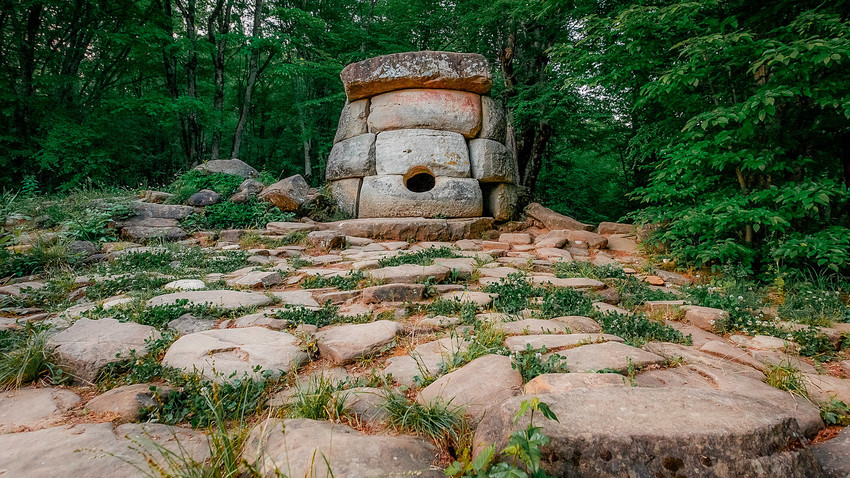
Ancient round compound dolmen in the valley of the river Jean, Russia, southeast of Gelendzhik
Legion Media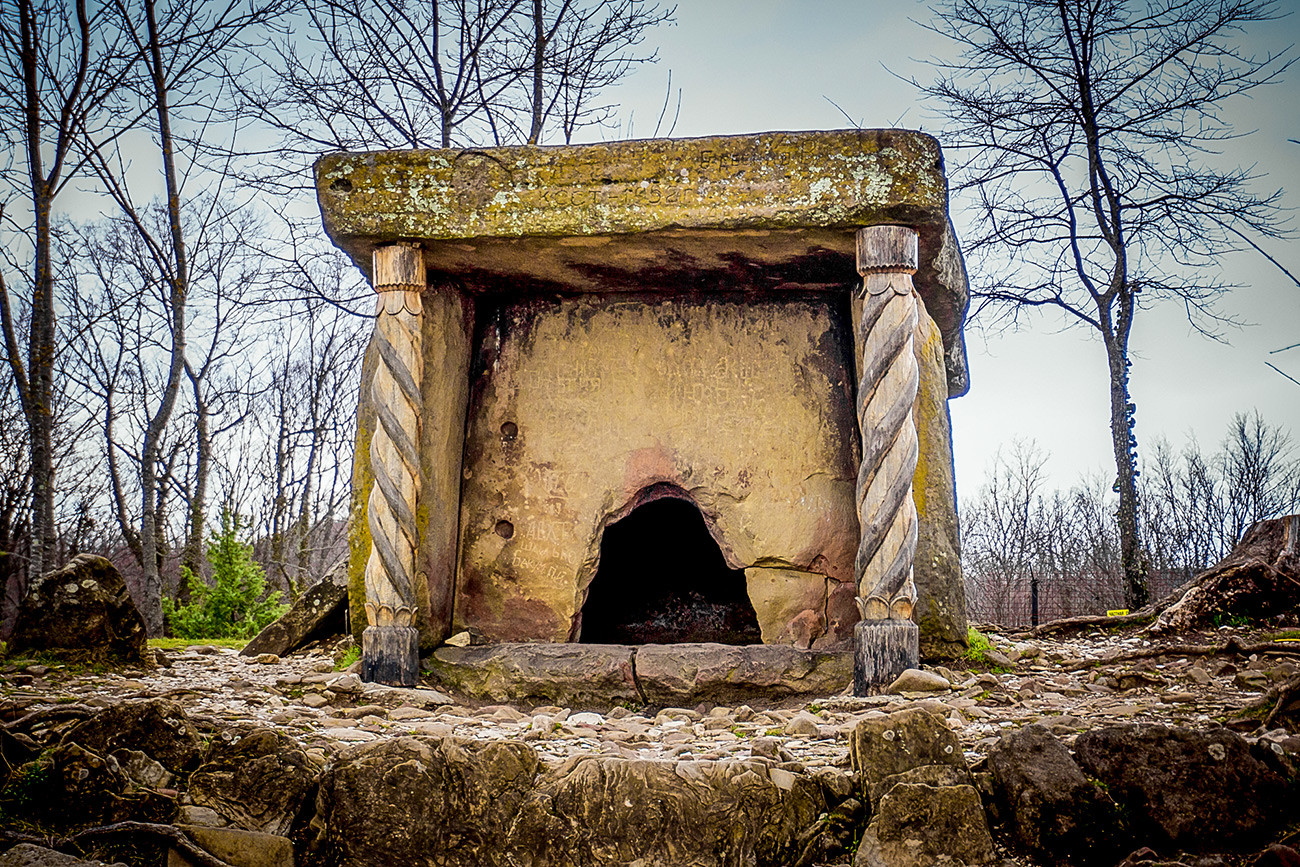
Dolmen near river Zhane, Russia, Krasnodar region, Gelendzhik district.
Legion MediaDolmens are megalithic tombs, which means they are made of big stones. They can be as big as a house. They can be found in many places on Earth and date back as far as 3000 BC.
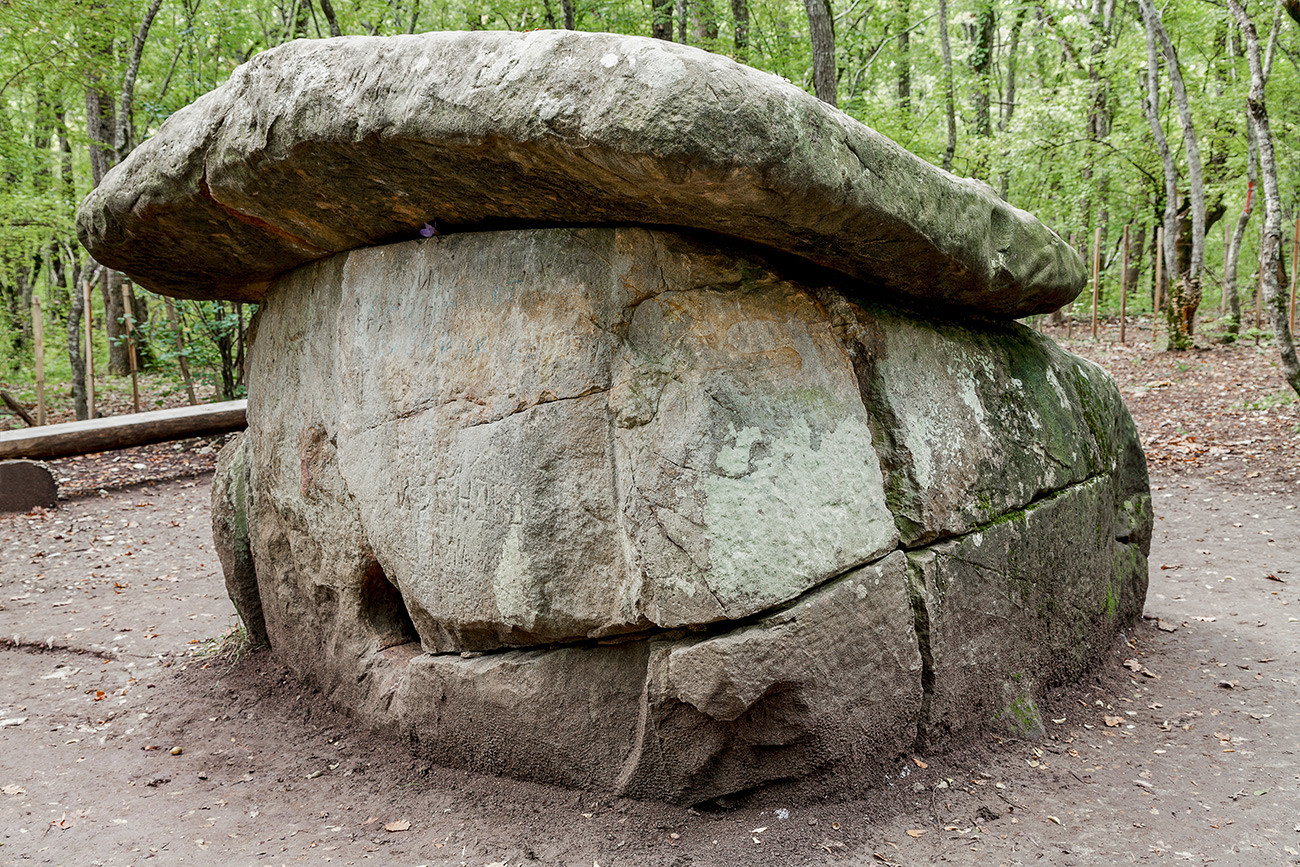
The Shapsug Dolmen
Getty ImagesIn Russia, on the slopes of the Western Caucasus mountains, and in the plains beneath, there are about 3,000 dolmens, only six percent of which have been excavated or studied.
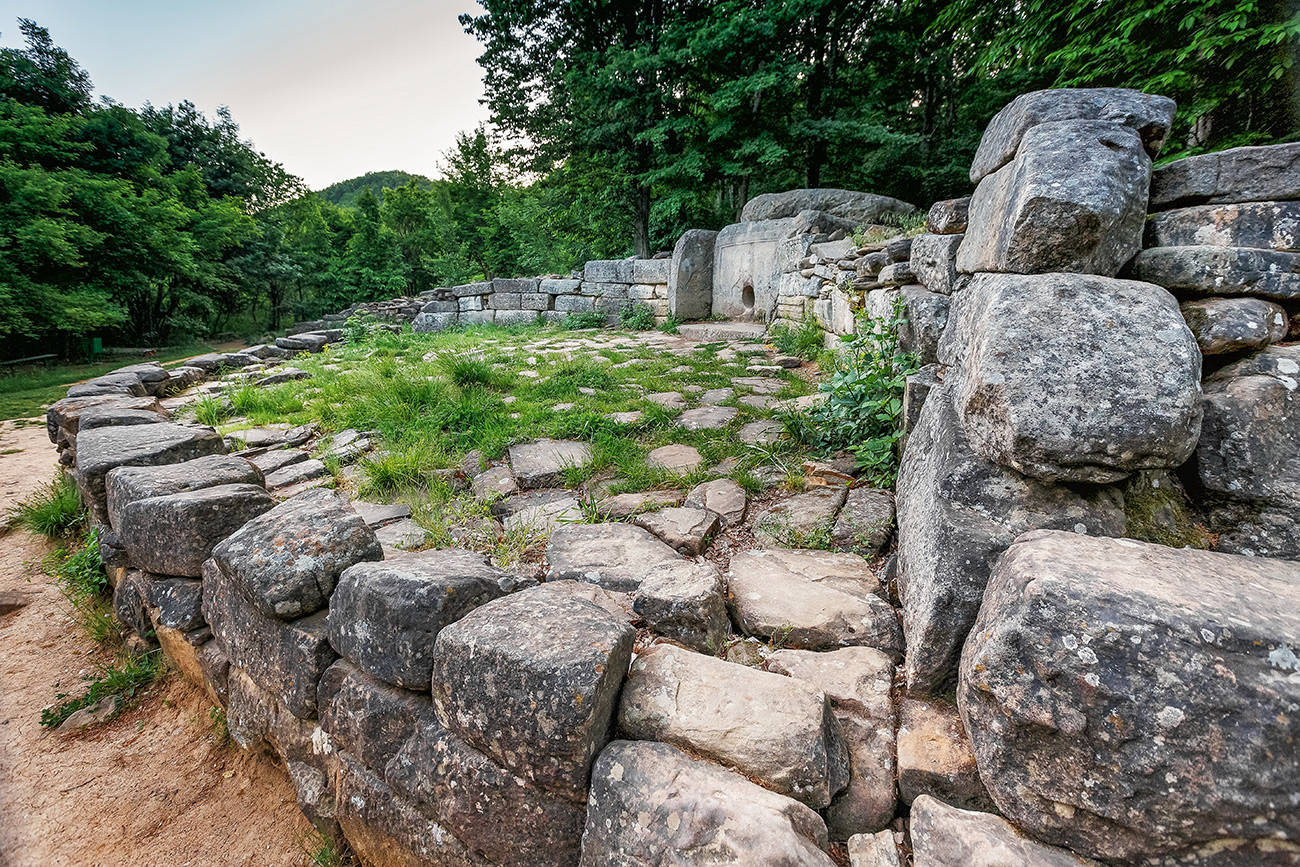
Ancient tiled dolmen in the valley of the river river Zhane, Russia, Krasnodar region, Gelendzhik district.
Getty ImagesLocal people call these structures ‘houses of the dead’ in different languages. These dolmens date back to approximately 3000-2000 BC. They were used as tombs by their creators, and later reused by other cultures for the same function.
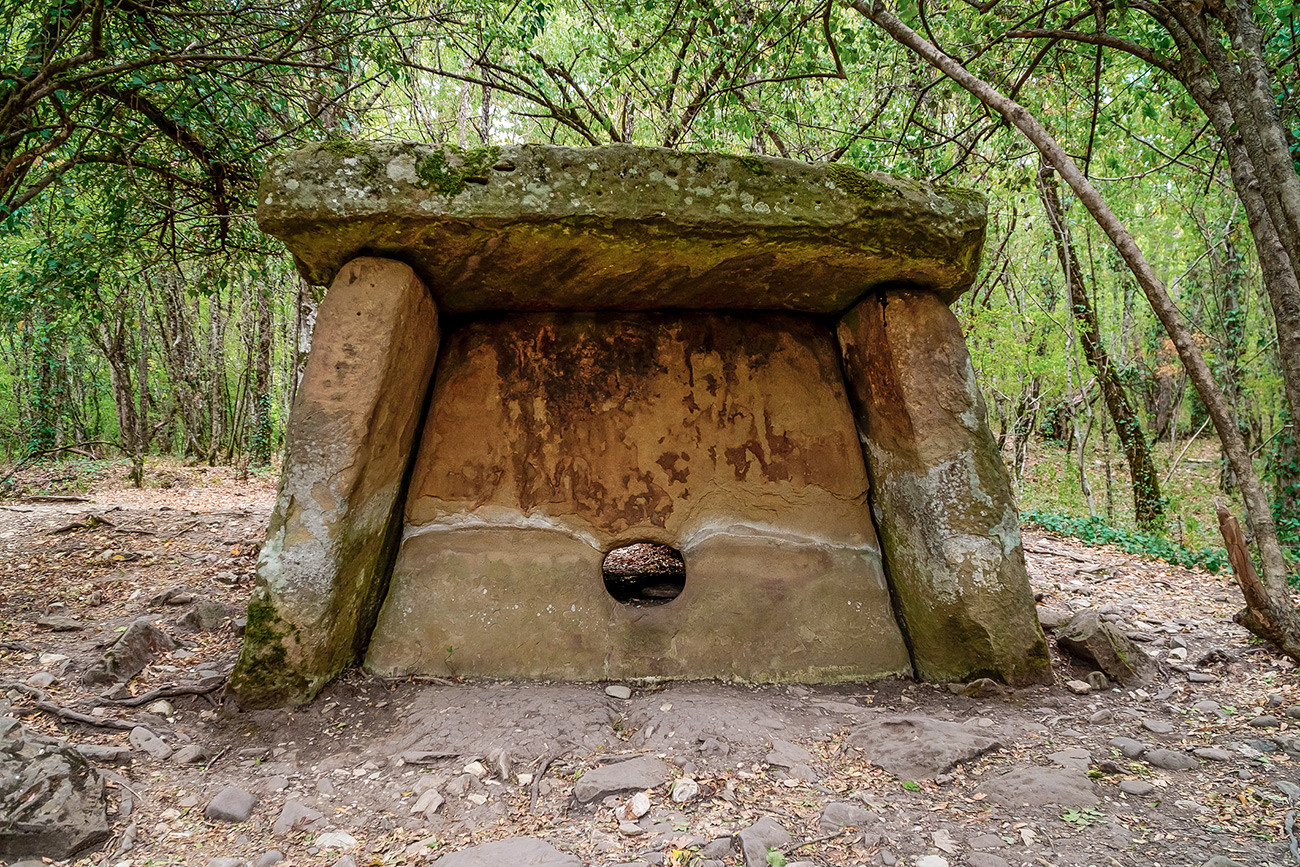
Ancient dolmens in the valley of the river Zhane, Russia, Krasnodar region, Gelendzhik district.
Legion MediaDolmens were created from sandstones and limestones, relatively easy to cut into form. Sometimes, the heavy slabs had to be transported for many miles.
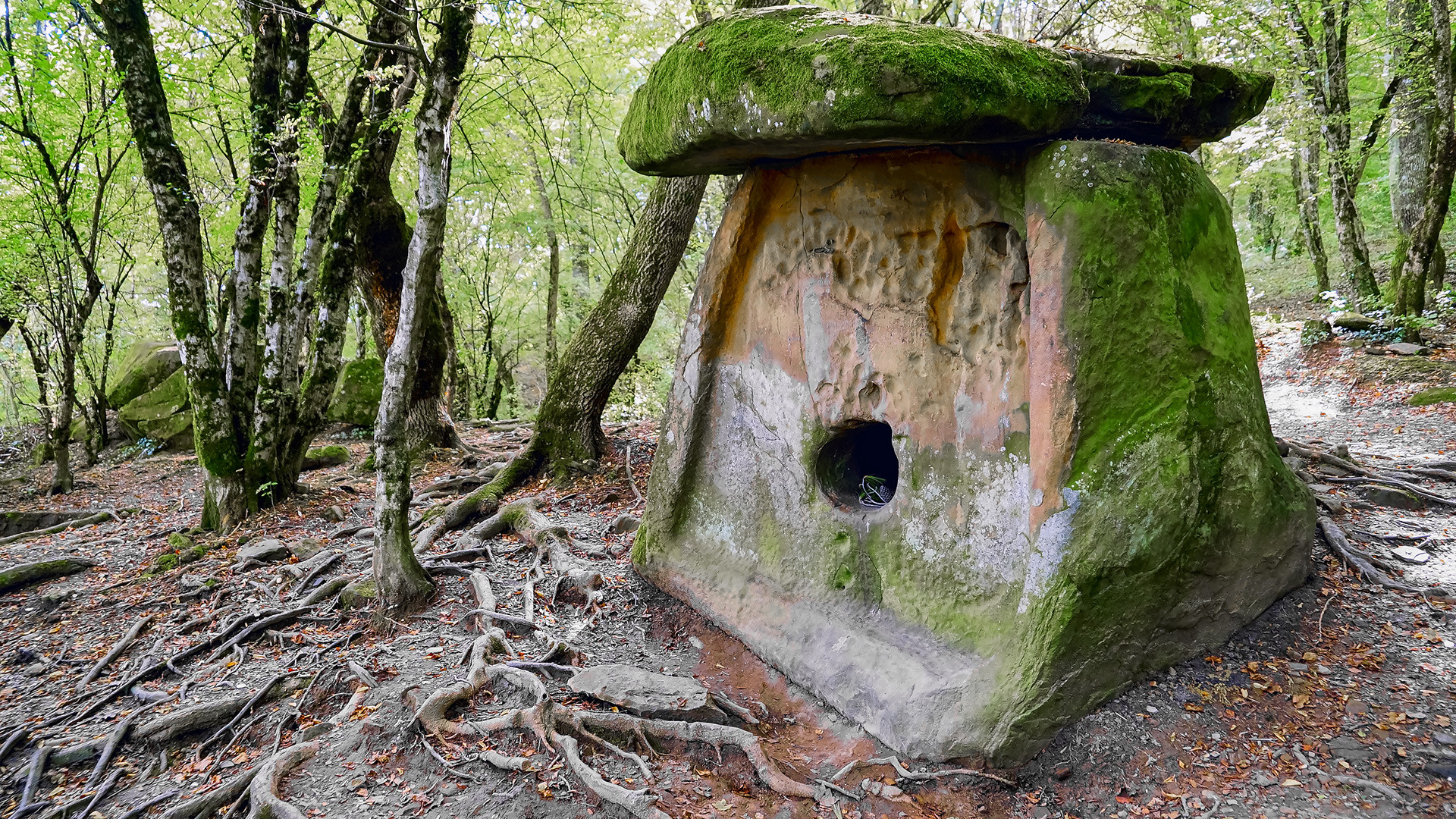
Dolmen in the village of Pshada, Russia, Krasnodar region.
Getty ImagesSome instruments, like stones used for carving, have been found near dolmens; some instruments have been detected by their traces – it’s obvious, for example, that the builders used bronze chisels.
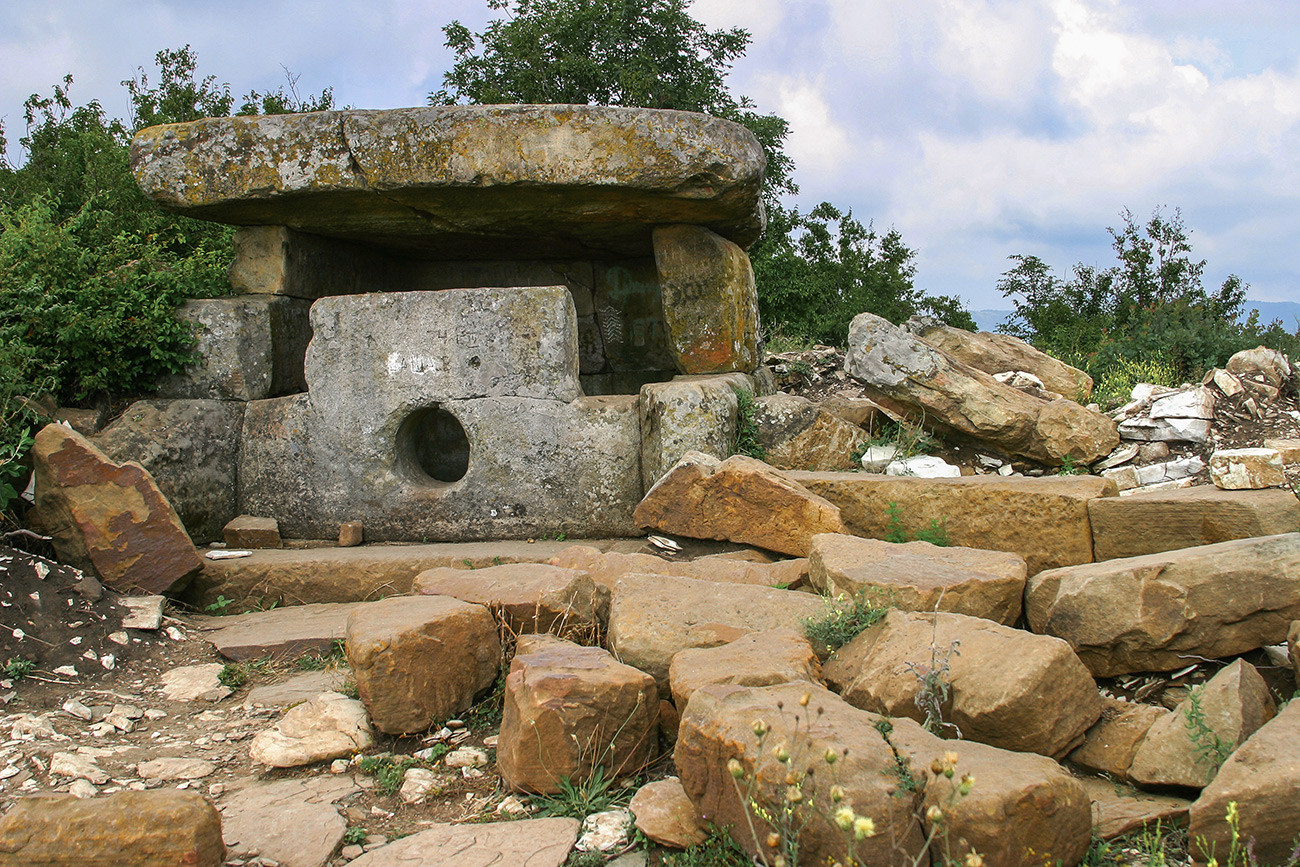
Ancient dolmens in Russia, Krasnodar region, Gelendzhik district.
Tatiana Morozova/Global Look PressIt was useless to look for treasure troves inside the dolmens, nevertheless, many of them have been plundered, vandalized and destroyed. After WWII, many dolmens were used as blast chambers – to get rid of old shells by blowing them up.
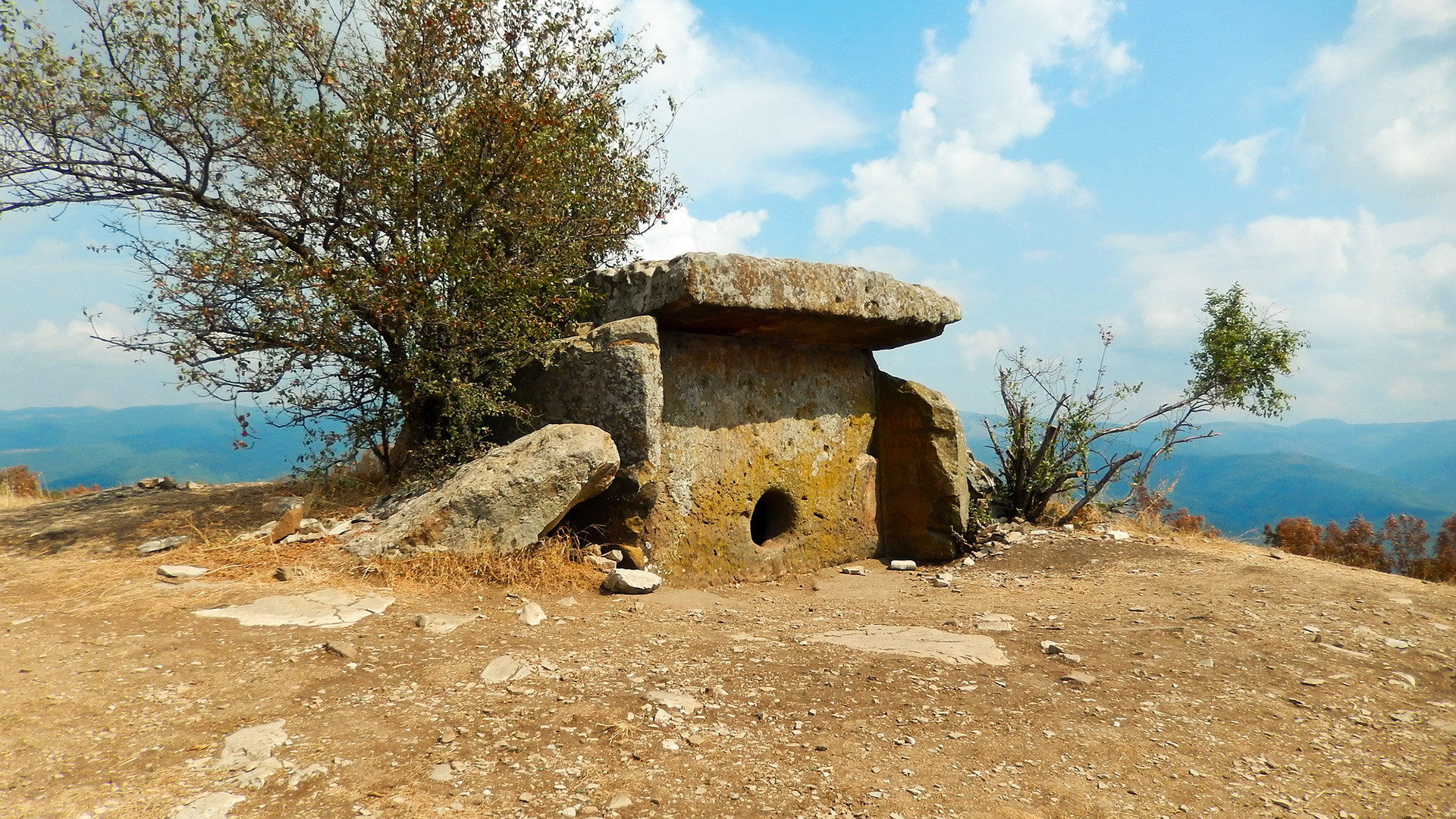
Dolmens are usually situated on flat plateaus on top of hills or on their sunny sides; they are mostly oriented astronomically for cult purposes.

A circular dolmen, Russia, Krasnodar region, Gelendzhik district.
Legion MediaSome dolmens clearly functioned as family crypts. In one of them, a stone altar has been discovered. Some dolmen complexes were designed to be visited by large groups of people for religious ceremonies.
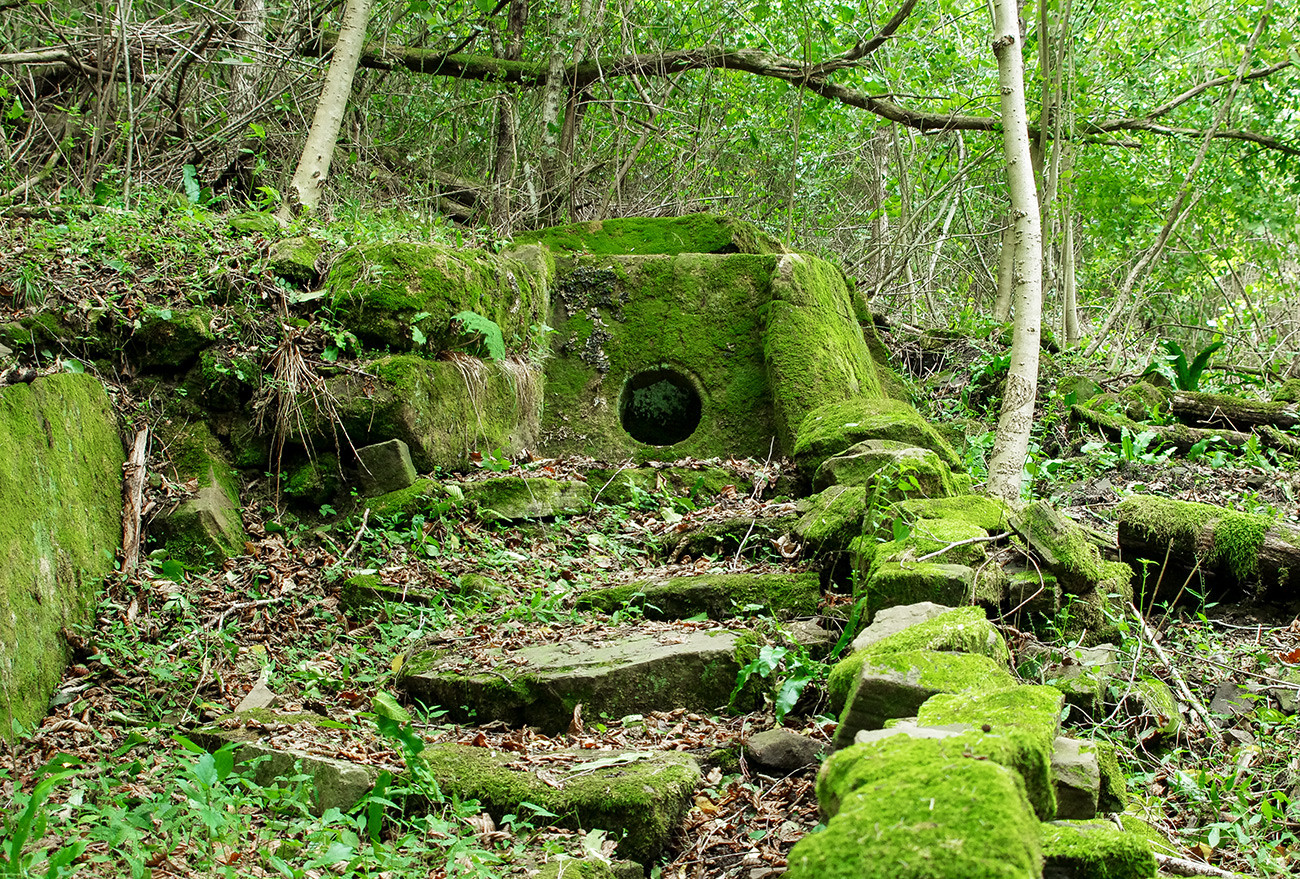
Some dolmens are decorated with stone cuttings. Many of them have cup marks – a form of prehistoric cult art.
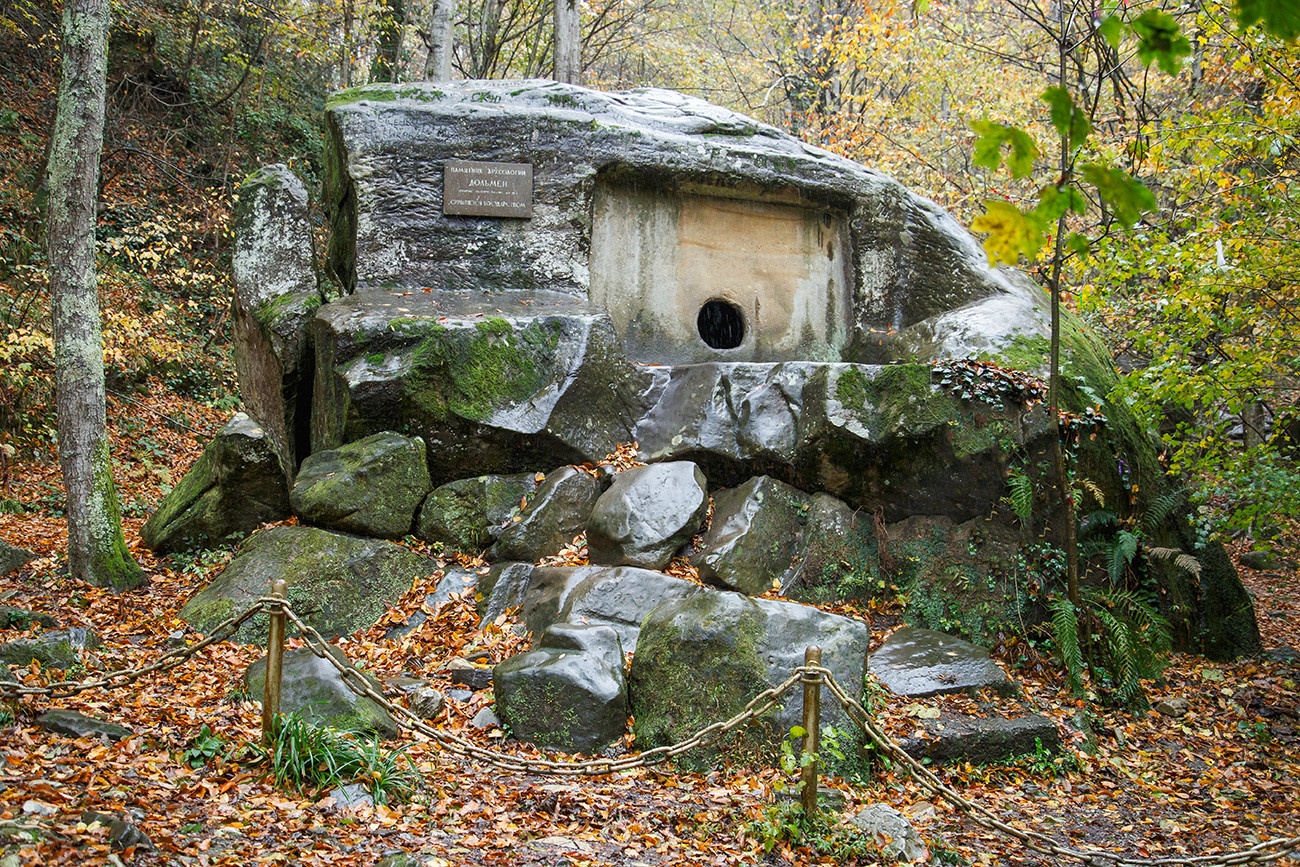
The Volkonsky Dolmen.
Getty ImagesThe world's only surviving full-size monolith dolmen is Volkonsky dolmen. Its inner chamber was carved into the sandstone rock through a small inlet hole – fascinating ancient craftsmanship!
If using any of Russia Beyond's content, partly or in full, always provide an active hyperlink to the original material.
Subscribe
to our newsletter!
Get the week's best stories straight to your inbox